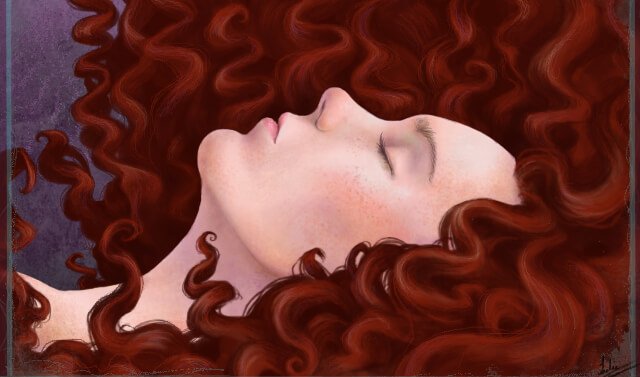What Do You Know About Altered States of Consciousness?

After reading the title, you might be wondering what altered states of consciousness even are. Have you ever been curious about what happens when someone goes into a coma, for example, or when patients enter a vegetative state? There are many questions you could ask related to situations like these. Can they be fixed? If so, in what conditions and what are the goals? Powerlessness and uncertainty can be big obstacles in these complicated situations.
People can go into a coma for many reasons. It could be traumatic in origin, such as a car accident, or non-traumatic, such as a stroke, a hemorrhage, or a tumor.
A coma is a reduction in consciousness, a partial or complete loss of response to external stimuli. This means that the patient is incapable of interacting with said stimuli.
There are different degrees of consciousness
Normally when you feel pain when you touch something, you move your hand away from the object that caused it. When you’re unconscious, you don’t feel pain. You don’t sense the smell of something burning, or your mother’s voice. You don’t perceive or react to anything.
Those are a few examples of what happens when you lose consciousness. There’s a lack of reaction to external stimuli in conditions that would normally elicit one. However, there are different degrees of altered states of consciousness, which can be measured using the Glasgow Coma Scale.

This scale considers ocular, verbal, and motor responses to noises and pain. Simple tests are performed on the patient to observe how they react to certain external stimuli. Therefore, this scale evaluates the individual’s degree of responsiveness.
Once these tests have been performed, the score is totaled and measured against an index that explains how affected the patient is. If they don’t respond to any stimuli, they get the lowest score. If they respond to all stimuli, their level of consciousness is unaffected.
Recover their attention at all costs
Once this is done, the professional who did the evaluation will have a mental map of the patient’s neurological situation and be able to intervene accordingly. If they show even the slightest bit of attention, the professional must cling to that. They must create every situation possible where the patient would have to use their attention.
People have five senses (vision, touch, smell, hearing, and taste), and some are utilized more than others. There are known cases of blind people who ended up developing an extraordinarily sharp use of their other senses. They’ve developed the rest of their senses masterfully to compensate for the one they lack.
In altered states of consciousness, it’s necessary to evaluate which senses have been preserved and work with them. The sensory areas of the brain are activated when we receive external stimuli, so it’s necessary to try to activate those areas.
Find stimuli that produce a reaction
To activate these areas, the patient must be stimulated through preserved stimuli. Also, if stimuli are used that are familiar to the patient and have some sort of emotional connection for them, the reaction will come more easily.

The reaction can be almost imperceptible, so the professional must be patient and very attentive to any change produced in their body as a reaction to the stimulus. From lightly moving their index finger to a subtle change in their pupils, everything matters. Absolutely any change in the body can provide information.
Once the specialist has been able to elicit a response, the next goal is to keep doing it. They shouldn’t become habituated to the stimulus, however. It’s important that they always respond to the stimulus. Habituation means that the intensity of the reaction is attenuated, when what you want is for it to keep getting stronger, as it’s a sign of brain activation.
Familiar and emotional things are especially helpful
You’ve probably heard of cases of people whose family member was in a coma, and they went to the hospital and sat near them, sang their favorite song, or brought them a piece of their favorite cake, or brought them the stuffed animal they’ve had since they were young and love to cuddle with.

It’s imperative to recreate some of those elements that the patient used to have a significant reaction to, and if they show a response, to go after it like a lion chasing its prey. The professional must pursue anything that elicits a response from the patient, whatever it is, and the patient will start to show a rhythm of progress.
Working with these people is difficult because the changes that occur each day are small, but over time it’s really gratifying because a lot of ground can be gained through stimulation, thanks to neuroplasticity. So we want to send all the encouragement in the world to people who are in the process of recovery, as well as their families, because after a lot of persisting, results usually show.
This text is provided for informational purposes only and does not replace consultation with a professional. If in doubt, consult your specialist.








